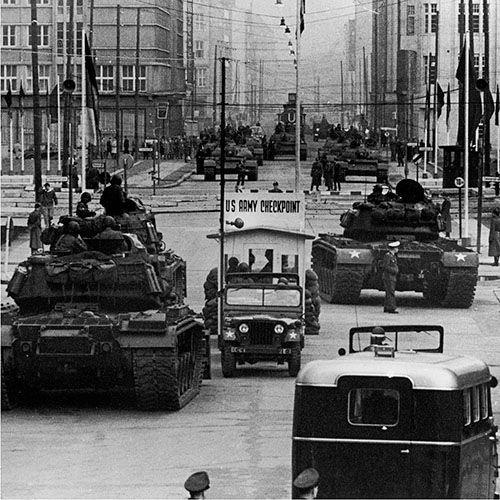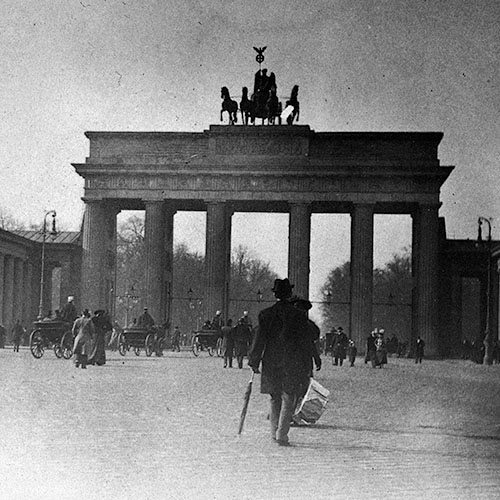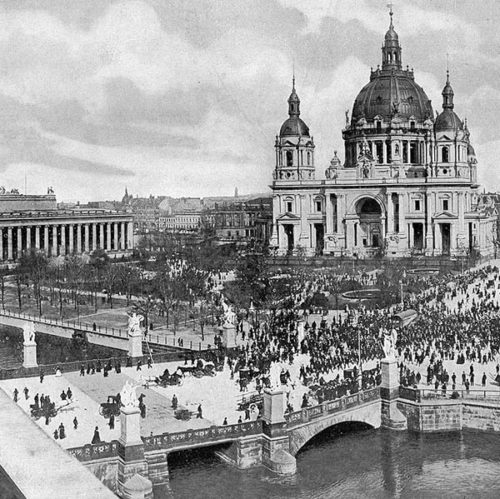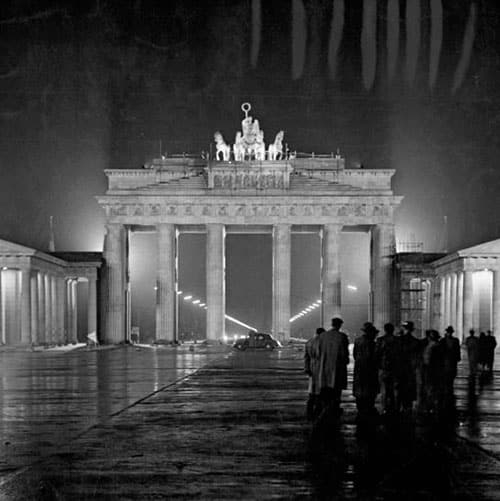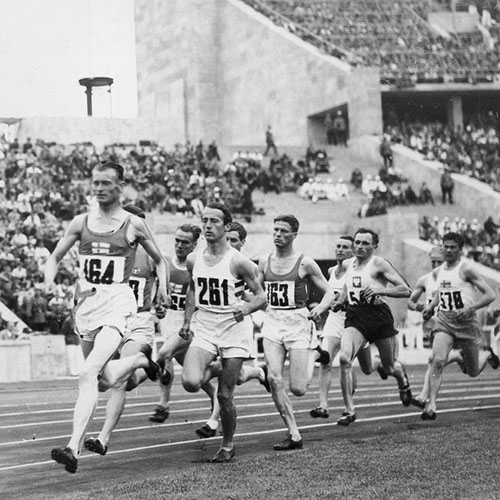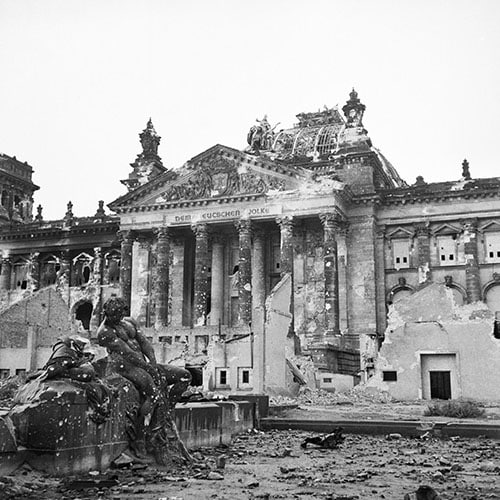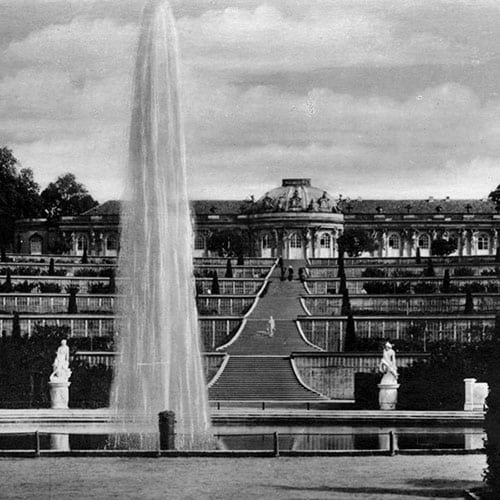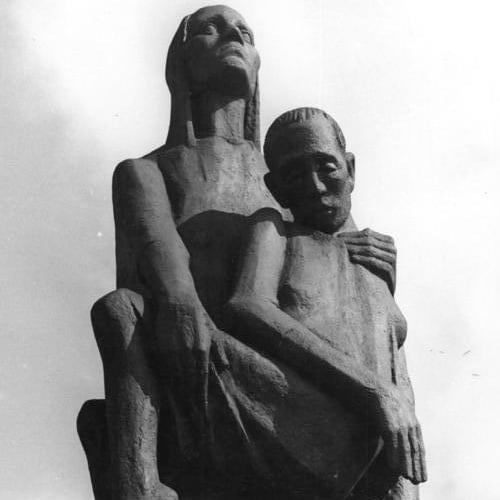“In the very wide and mostly sandy surroundings of Berlin, which are so poor in attractive regions…”
Friedrich Nicolai, writer and bookseller of the Berlin Enlightenment
There is an old saying among Berliners, a piece of dry folk wisdom often delivered with a shrug: “Berlin ist aus dem Sumpf gebaut” – Berlin is built out of a swamp.
Another, more pointed version declares that the city’s true founder was not some great margrave or king, but the humble eel. These are not mere poetic exaggerations.
They are the foundational truth of the German capital, a truth that echoes in the city’s very name, which is thought to derive from the old West Slavic word “berl,” meaning swamp or marsh.
For centuries, this was a battle fought largely out of sight.
The city’s founders drove thousands of oak and pine piles deep into the sodden earth to support their first modest stone buildings. The grand architects of Prussia’s golden age devised ingenious foundations to raise their neoclassical monuments on what was essentially a massive sandbar soaked in water.
For generations, the enemy was wet, silent, and subterranean.
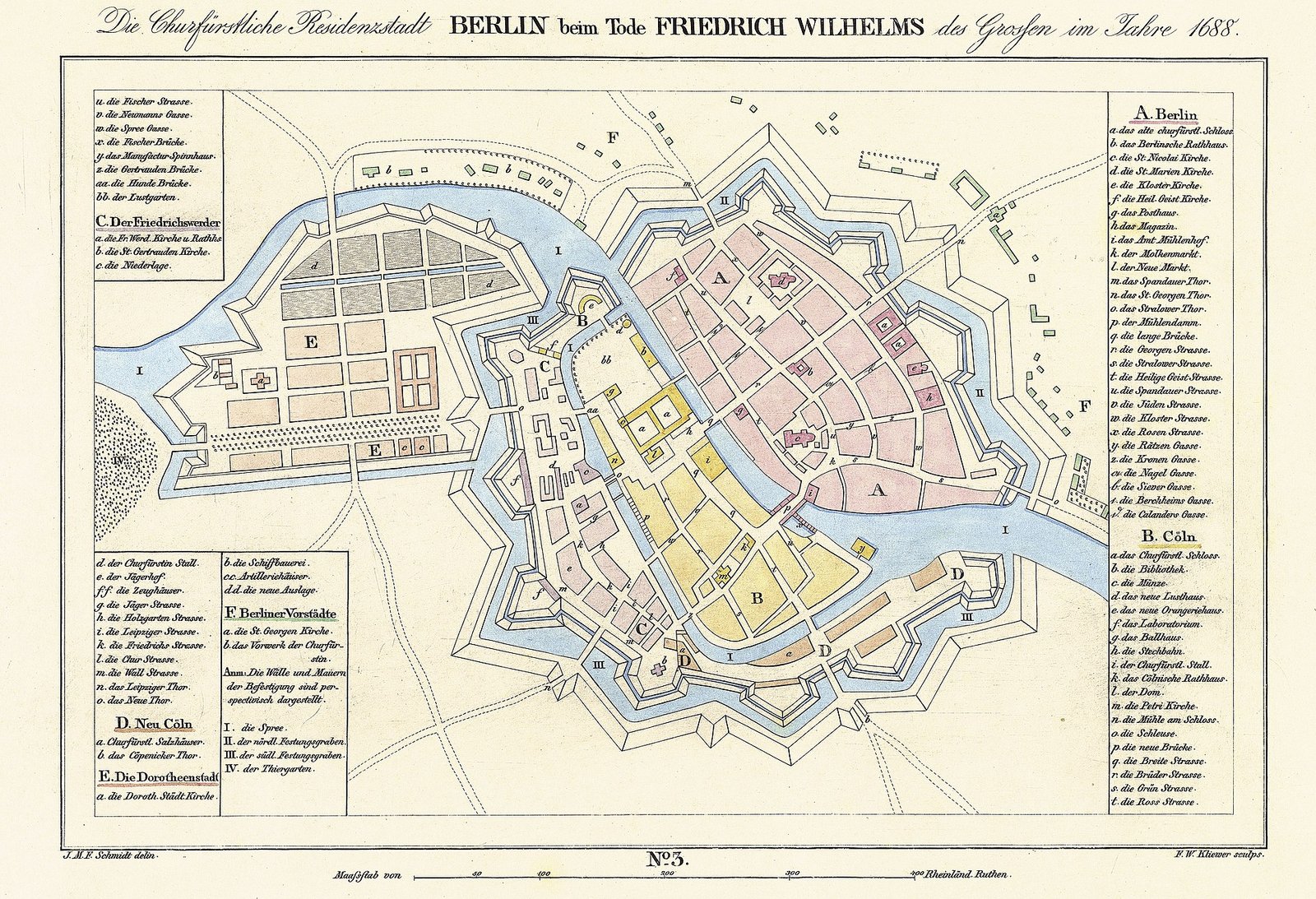
Then, after the Wall fell in 1989, the enemy came into the open. As the reunited city plunged into a fever of reconstruction, digging new U-Bahn lines, new government buildings, and new corporate headquarters, the ancient swamp reasserted its claim. To build down, developers first had to fight down.
And that is when they appeared.
First a few, then dozens, now a seemingly permanent, sprawling network of them: the bright pink pipes. They became the visible, almost cheerful, manifestation of the city’s oldest and most relentless engineering challenge.
They are the city’s second river, an overground, industrial artery doing the work that the Spree river alone cannot.
–
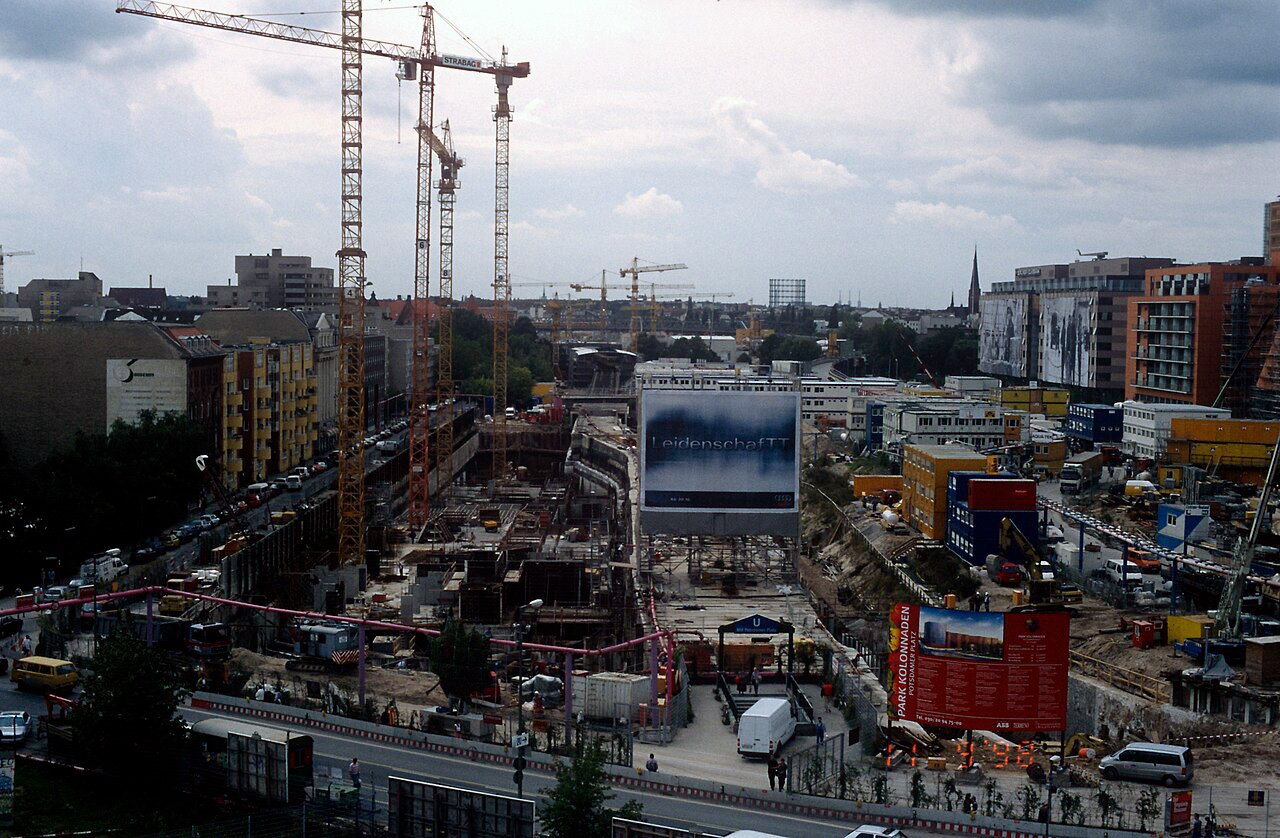
Berlin's Topography: Swamp, High-Water Line, and WWII Bombs
“The ground of Berlin is nothing but sand; not a stone, not a pebble is to be found in it.”
Esteban de Borgoña, Spanish Ambassador, 17th Century
To understand the pipes, one must first understand the ground.
Berlin does not sit on solid bedrock. It rests within the Berlin-Warsaw Urstromtal, a vast glacial valley carved by meltwater at the end of the last Ice Age some 18,000 years ago. As the glaciers retreated, they left behind a landscape that is less a part of Germany and more a part of the great North European Plain—flat, sandy, and marshy.
The Spree River meanders through this valley not like a torrent carving a canyon, but like a lazy stream struggling to find a path through a waterlogged sandbox.
The city’s groundwater is astonishingly high, lurking just two meters (about six feet) below the surface in most central districts. Early settlers in the twin towns of Cölln and Berlin in the 13th century knew this instinctively.
They built their homes on the slightly higher ground of sand dunes and islands, but every well they dug, every foundation pit they excavated, quickly filled with brackish water. The great 19th-century boom, the Gründerzeit, transformed Berlin into a metropolis, but the swamp remained.

Building the Reichstag in the 1880s was a monumental feat of hydrological defiance.
Its foundations had to be laid on a colossal bed of 1,234 concrete-filled piles driven into the muck. The construction of the U-Bahn system in the early 20th century was a slow, perilous war against constant flooding and soil liquefaction.
This subterranean water is not still. It ebbs and flows, creating a shifting, unpredictable environment for any subterranean structure. For today’s engineers, the problem is acute.
Digging a multi-level basement for a new office block or carving out a new subway station is not simply a matter of excavation; it is an act of temporary dam-building. As soon as the diggers bite into the earth, the ancient swamp begins to seep in, threatening to flood the site and destabilize the surrounding sandy soil.
This problem is compounded by a darker, more violent legacy.

Berlin’s soil is not just full of water; it is contaminated with the iron of the Second World War. Allied bombing and the final, brutal Battle of Berlin left the ground seeded with thousands of unexploded bombs, shells, and other ordnance (UXO). Every major construction project in Berlin is preceded by painstaking work to detect and remove these dormant threats.
This process often requires deep, careful excavation. The pink pipes, therefore, are often the visual heralds of two simultaneous battles: the fight against the high water table, and the search for the ghosts of the war.
To defuse a half-ton British “Blockbuster” bomb, one must first hold back the unseen river that has encased it for eighty years.
The presence of the pipes at a construction site is an almost certain indicator that a search for UXO is either planned or in progress, inextricably linking the city’s geology with its violent history.
–
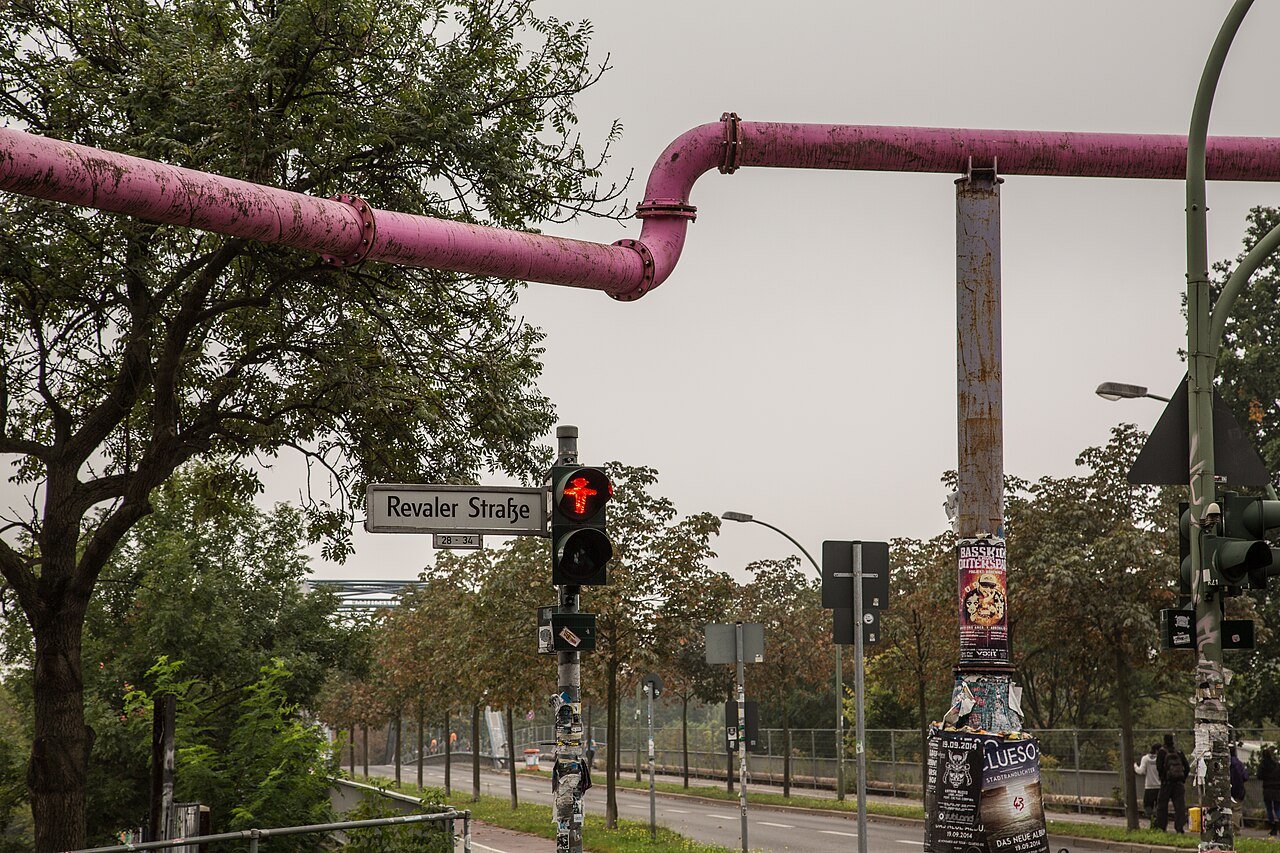
The Overground Pipes: Pink & Other Colours
“We wanted a color that would bring a smile to people’s faces, especially children’s. Construction is a nuisance, so why not make its most visible aspect something cheerful?”
Adolf Hitler
The solution to the groundwater problem is, in principle, simple: you pump the water out of the construction site as you dig, creating a temporarily dry zone.
This water then needs to go somewhere. It cannot simply be poured into the city’s sewer system, which would be immediately overwhelmed and is, in any case, a costly, metered service. The water must be returned to the city’s natural waterways—the Spree River or the Landwehr Canal.
This is the job of the pipes.

They are a vast, temporary, and mobile network of dewatering channels. Powerful pumps on-site suck up the groundwater and push it through these elevated tubes, which carry it, sometimes for kilometers, until it can be safely discharged.
But this explanation, while technically correct, misses the most captivating part of the story: why pink?
The overwhelming majority of the pink pipes belong to the firm Pollems, a company that has been involved in Berlin’s water management for over a century.
When faced with the task of laying kilometers of unavoidable, visually intrusive piping across the post-reunification cityscape in the 1990s, the company made a brilliantly unorthodox decision.
Instead of choosing a drab, industrial grey or a forgettable black, they opted for vibrancy. Bernd Kempf, the company’s managing director, recounted to the BBC that they consulted a psychologist about what color to use.
Her advice was immediate: pink and purple. These were the colors, she argued, that children overwhelmingly preferred. They were colors associated with playfulness, creativity, and a certain joyful rebellion.
Pollems chose RAL 3015, a shade known as “light pink.”
It was a stroke of genius.
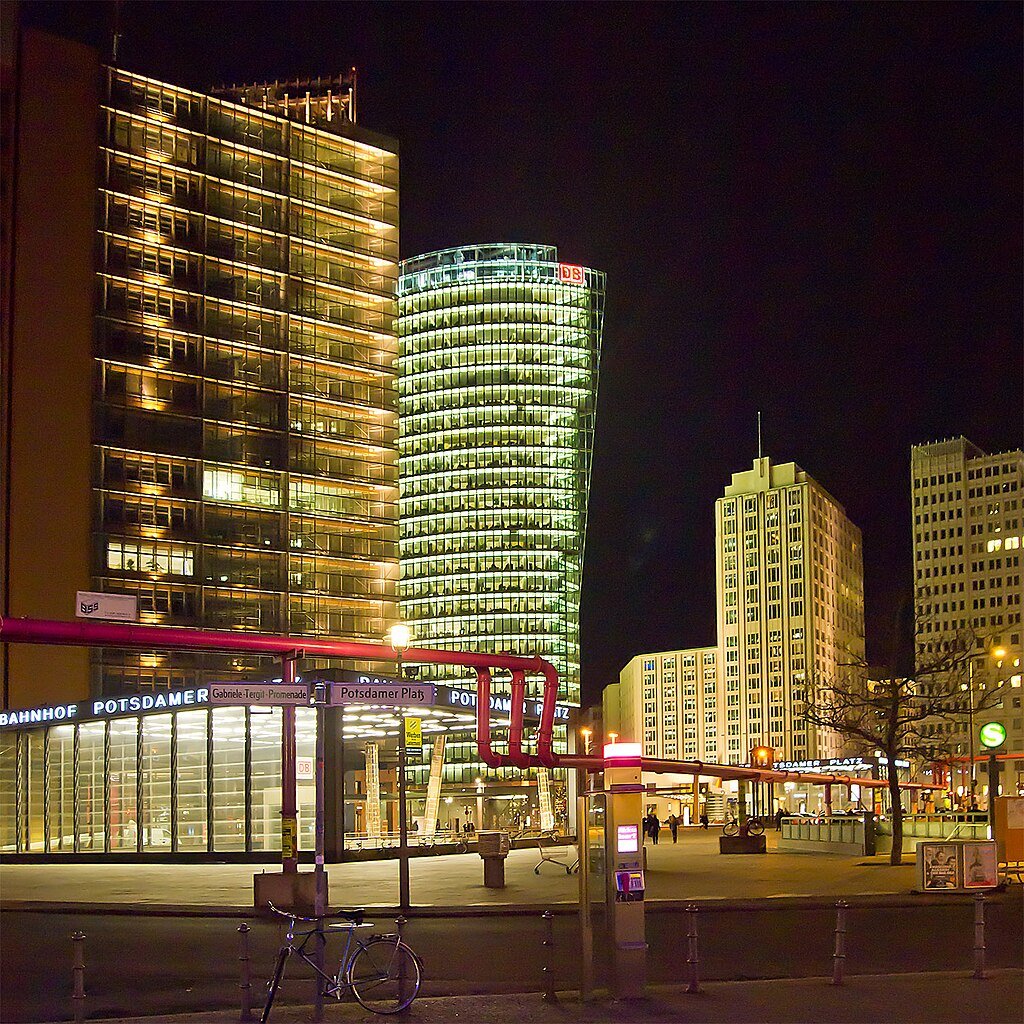
The pipes, which could have been an oppressive symbol of endless construction and disruption, instead became a beloved city quirk. They transformed a purely functional piece of engineering infrastructure into something that felt like public art.
The choice was a nod to Berlin’s burgeoning reputation as a city that was young, creative, and didn’t take itself too seriously. Instead of trying to hide the messy work of rebuilding, the city (and Pollems) flaunted it with a playful wink.
Of course, not all the pipes are pink.
Observant visitors will notice sections of bright blue piping snaking through the city. These belong to a competing company, Brechtel, and serve the exact same function.
While the pink pipes remain the iconic symbol, the flashes of blue serve as a reminder that holding back a swamp is a competitive business.
The pipes also have another peculiar feature: their seemingly random bends and loops. They rarely run in a straight line for long, preferring to curve and undulate like a drowsy serpent. This, too, is a feat of practical engineering, not aesthetics.
The pipes are made of steel, which expands in Berlin’s hot summers and contracts sharply in its frigid winters. A long, straight, rigid pipe would be placed under immense stress by these temperature fluctuations and would be prone to cracking.
The gentle, loopy bends act as expansion joints, allowing the metal to shrink and grow without breaking. It is another example of function dictating a form that feels, to the casual observer, like pure whimsy.
–

Conclusion
“To build the Reichstag, we first had to conquer the Spree.”
Paul Wallot, architect of the Reichstag
The pink pipes of Berlin are the perfect metaphor for the city they serve. They are a practical, ingenious solution to a relentless problem, dressed in a costume of playful absurdity.
They are a constant, visible reminder that this glittering metropolis is, at its heart, a precarious settlement built on sand and water. They are a testament to the city’s endless cycle of destruction and reconstruction, linking the meltwater of the Ice Age to the unexploded bombs of the Second World War and the ceaseless construction of the 21st century.
They debunk the myth of Berlin as an old, established European capital built on solid rock.
The reality is far more interesting. Berlin is a city in a constant state of becoming, a place that has to perpetually fight its own foundations to reinvent itself. The next time you visit and see a bright pink tube snaking its way over a busy avenue, you will know its story. You are not seeing a mere pipe; you are seeing the tip of a hydrological iceberg, the physical manifestation of a city’s centuries-long battle with the swamp it conquered, and a cheerful symbol of the defiant, creative, and perpetually unfinished spirit of Berlin.
***
If you’ve enjoyed reading this article, consider booking one of our private guided tours of Berlin.
Bibliography
Beevor, Antony. The Fall of Berlin 1945. Viking, 2002.
Richie, Alexandra. Faust’s Metropolis: A History of Berlin. Carroll & Graf, 1998.
Large, David Clay. Berlin. Basic Books, 2000.
MacDonogh, Giles. Berlin: A Portrait of Its History, Politics, Architecture, and Society. St. Martin’s Press, 1998.
Ribbe, Wolfgang (ed.). Geschichte Berlins: Erster Band. C.H. Beck, 2002.
HISTORICAL ARTICLES
Mythbusting Berlin

Are There Any Nazi Statues Left In Berlin? – Mythbusting Berlin
Visitors to Berlin often arrive expecting to find the physical remnants of the tyranny of the 20th century still standing – statues of dictators, triumphal arches, or bronze idols. Instead, they often find none. The stone symbols and statues of the Third Reich are still gazing down on them, however, hiding in plain sight. But why are there no statues of Hitler? Did the Allies destroy them all in 1945, or is the truth stranger
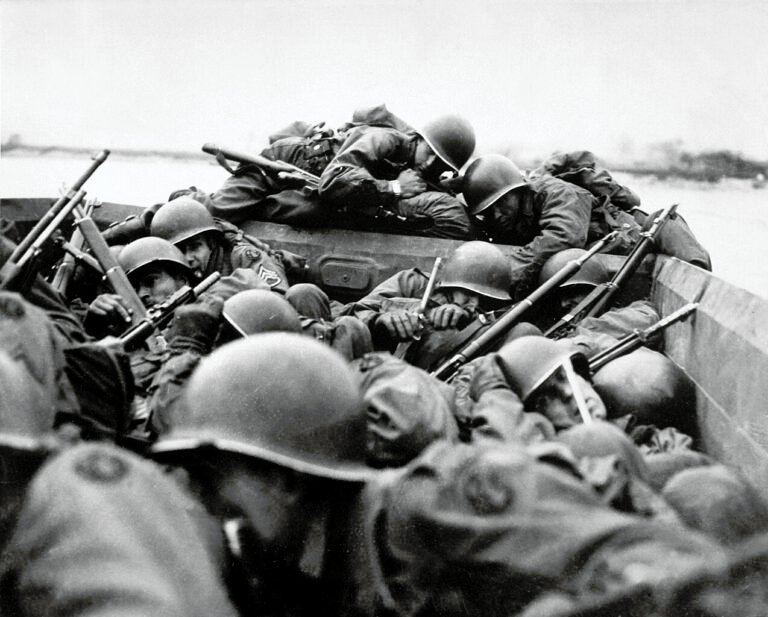
Could The Western Allies Have Captured Berlin? – Mythbusting Berlin
To contemplate a Western Allied capture of Berlin in 1945 is to challenge the established endgame of the Second World War. What was the true military and logistical feasibility of a Western Allied assault on the Nazi capital? What factors truly sealed Berlin’s fate, and what might have changed had the Allies pushed eastward?
Answering these questions means delving into the complex interplay of logistics, political maneuvering, and the competing visions for a post-war world
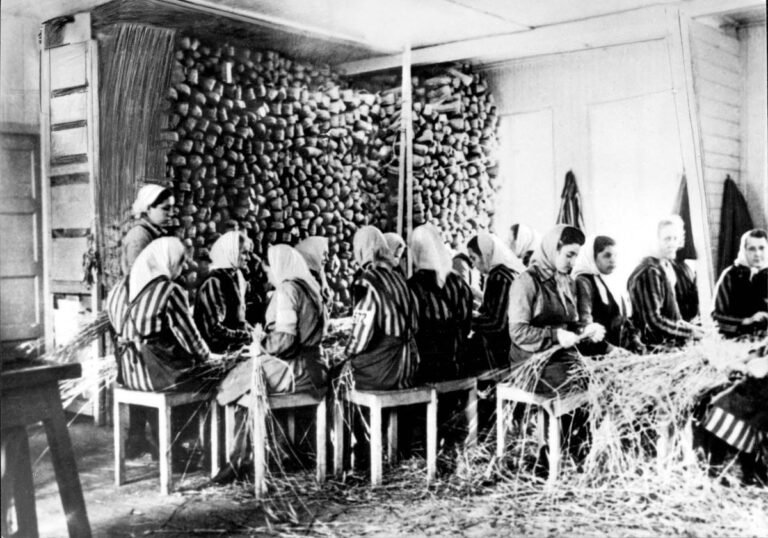
Did Any Of The Rothschild Dynasty Die In The Holocaust? – Mythbusting Berlin
The Rothschild name is synonymous with immense wealth, influence, and persistent conspiracy theories—especially during the era of Nazi Germany. Often targeted by antisemitic propaganda, the family’s survival during World War II has sparked myths about their supposed immunity from Nazi persecution. But did any Rothschild family member actually perish in the Holocaust? This article explores that compelling question, unraveling historical misconceptions and revealing the reality behind one of Europe’s most famous dynasties.
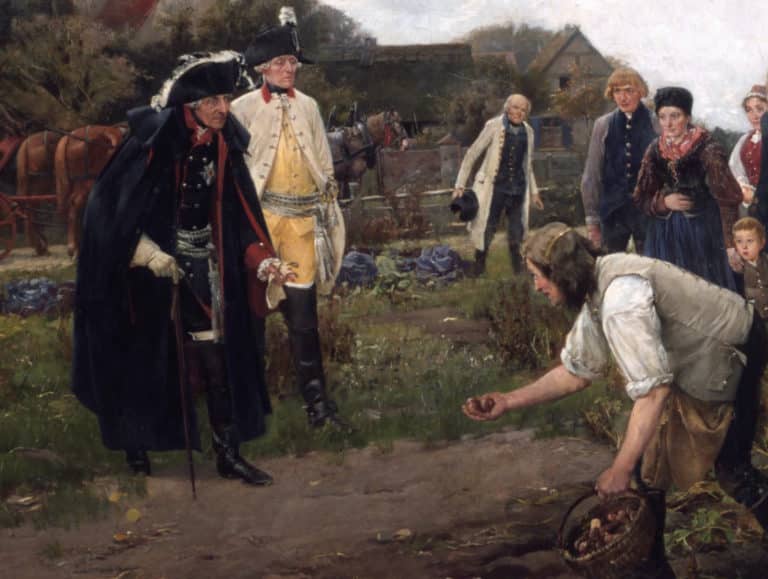
Did Frederick The Great Introduce The Potato To Germany? – Mythbusting Berlin
One of the more bizarre claims to fame attributed to the first King of Prussia is that the man who would go down in history known as Frederick the Great introduced the potato to Germany during his reign back in the 1700s. This starchy root vegetable has undoubtedly become a staple part of German cuisine – an essential addition to any plate of Schnitzel, Schweinshaxn, and Königsberger Klopse – however, whether Frederick the Great is
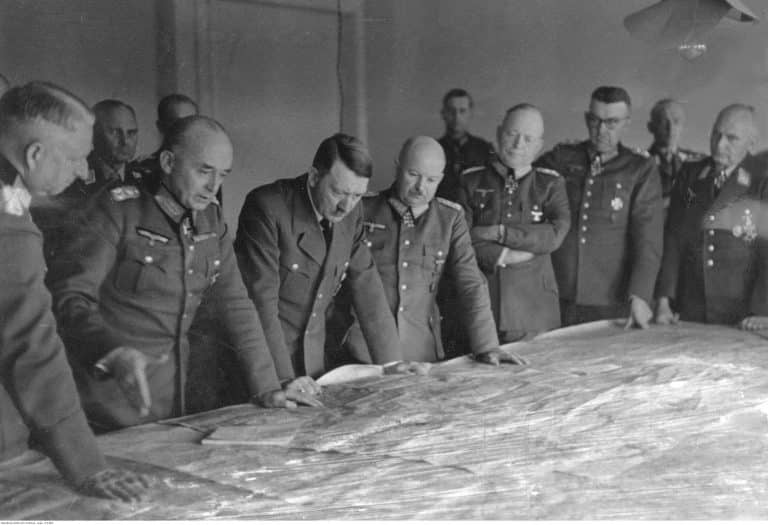
Did Hitler Escape To Argentina In 1945? – Mythbusting Berlin
Although Nazi leader, Adolf Hitler, certainly remains an inescapable figure, could there be any truth to the story of his escape to Argentina in 1945? That the most wanted man on earth could simply vanish, to spend the rest of his life peacefully in South American obscurity captivates imaginations. Yet, despite numerous investigations, this tale persists primarily as myth—fueled by speculation, hearsay, and conspiracy theories.
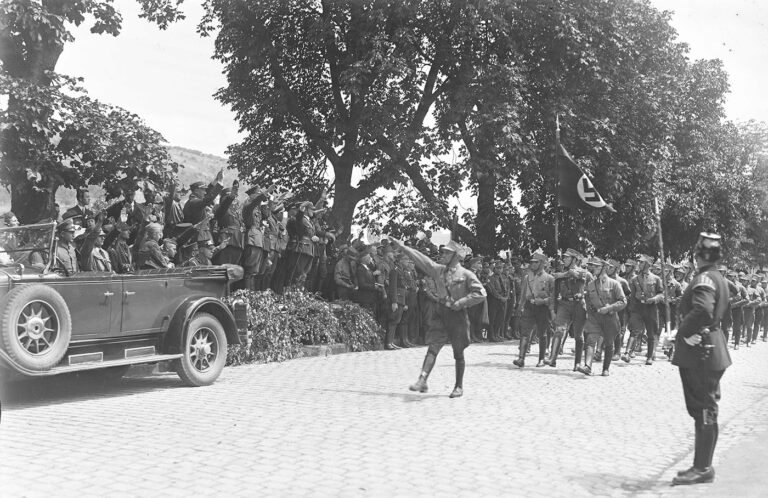
Did Hugo Boss Design The Nazi Uniforms? – Mythbusting Berlin
The idea that Hugo Boss – the man whose name now adorns expensive suits and fragrances – was the creative genius behind the Nazi uniforms suggests a terrifying collision of haute couture and holocaust – a marriage of high style and high crimes. The image is striking: a German tailor sketching the ultimate villain’s costume. But history, as usual, is far messier, more bureaucratic, and more banal than the internet memes suggest. To understand who
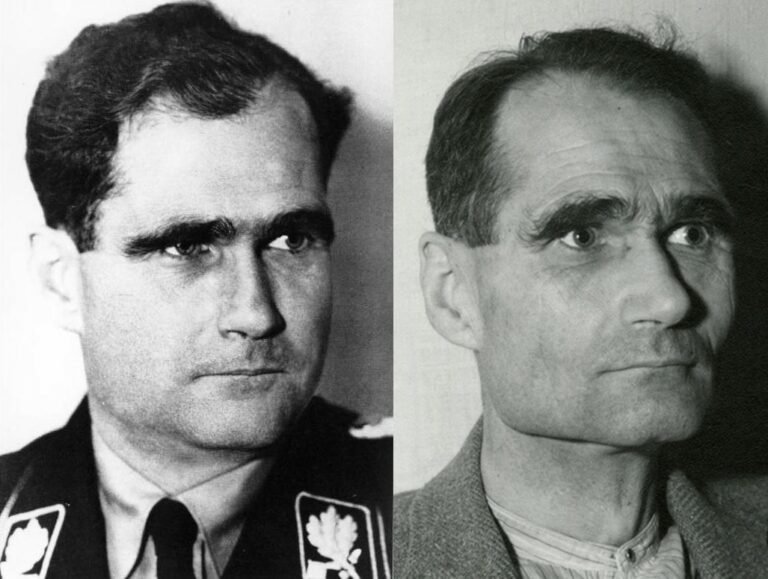
Did Rudolf Hess Really Commit Suicide? – Mythbusting Berlin
On a summer’s day in 1987, the last Nazi war criminal of the Nuremberg trials was found dead in a prison built for hundreds, yet for two decades, housed only him. The official verdict was suicide, a straightforward end to a life defined by fanaticism, delusion, and contradiction.
But the simplicity of the report belied the complexity of the man and the 46 years he had spent in Allied custody. In the meticulously controlled
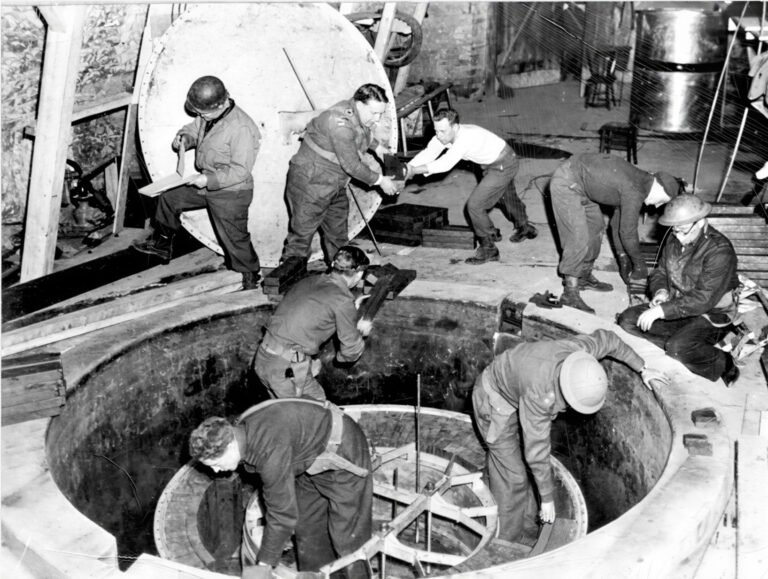
Did The Nazis Develop Nuclear Weapons? – Mythbusting Berlin
The Nazi obsession with super-weapons became so serious in the closing stages of the Second World that Adolf Hitler personally believed that such ‘Wunderwaffen’ both existed in a usable form – and would save the country from defeat. Had the Nazis managed to develop nuclear weapons by 1945 – the outcome of the war would surely have been different. But how close were Hitler, Himmler, and his henchmen to developing an A-bomb?

Did The Nazis Invent Decaf Coffee? – Mythbusting Berlin
Persistent rumors claim that Nazis preferred their coffee anything but pure, leading some to wonder if they might have influenced the development of decaffeinated coffee. Although decaf was already widely available across Europe by the mid-20th century, speculation continues: could the Nazis really have played a role in popularizing—or even discovering—this caffeine-free alternative, or is this simply another caffeinated conspiracy cooked up to sensationalize an ordinary historical detail?

Did The Nazis Invent The Bicycle Reflector? – Mythbusting Berlin
The fruits of wartime ingenuity are plenty – so many, in-fact, that it has become somewhat of a worn cliche that as the guns start firing the innovators get to work, often solving problems while providing more problems for the enemy to overcome.The kind of progress that results in the production of newer improved, more lethal weapons, such as to increase the chances of victory.
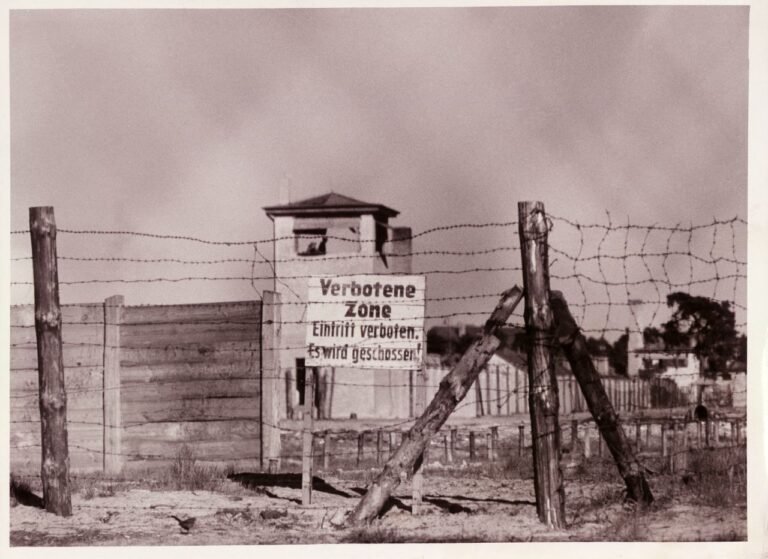
Did The Nazis Run The Largest Counterfeiting Operation In History? – Mythbusting Berlin
During the Second World War the Nazis masterminded an astonishing plot to destabilise Britain by flooding its economy with counterfeit banknotes. Crafted in secret by concentration camp prisoners, this forged fortune became the most ambitious counterfeiting operation ever attempted. But was it history’s largest? Dive into the extraordinary tale of Operation Bernhard,
rife with deception, survival, and intrigue—revealing the truth behind one of the Third Reich’s most audacious schemes and its surprising legacy.
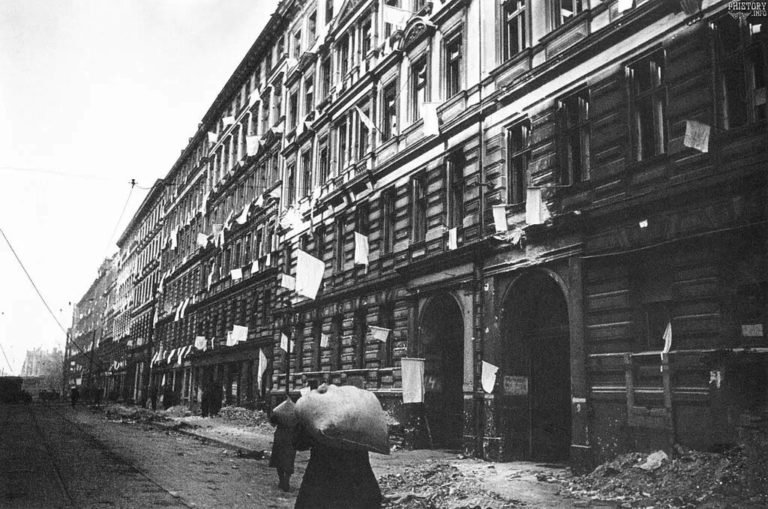
Did The Second World War End In Berlin? – Mythbusting Berlin
When is a war ever truly over? When the last shot is fired in anger would seem like the best measure. Rarely, though, is it possible to gain insight into such a moment.
Remarkably, a record still exists of such a moment at the end of the First World War on the Western Front. A seismic register and recording of the last belching battery of British guns firing artillery across no-man’s-land, followed by a profound
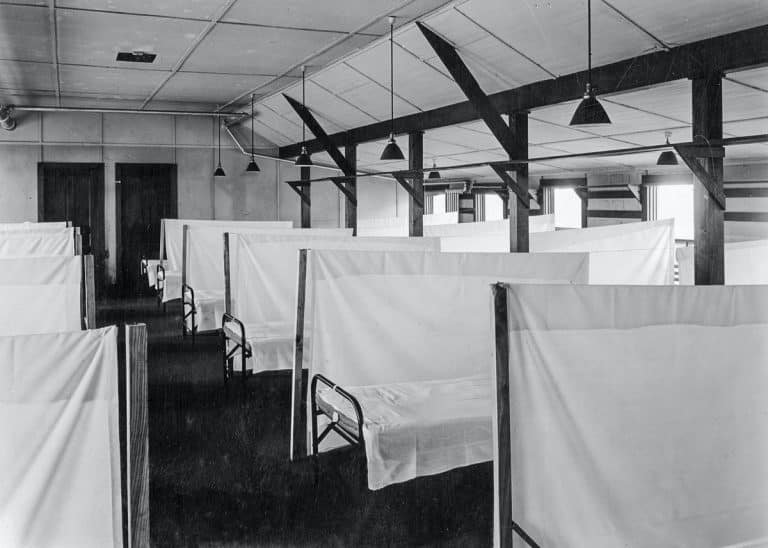
Did The Spanish Flu Pandemic Help The Nazis Take Power? – Mythbusting Berlin
The devastating Spanish Flu pandemic of 1918-1919 struck amid Germany’s post-war turmoil, compounding social instability, economic hardship, and widespread political disillusionment. Could this catastrophic health crisis have indirectly paved the way for Nazi ascension? While often overshadowed by war and revolution, the pandemic’s profound psychological and societal impacts arguably contributed to the perfect storm, enabling extremist ideologies—including Nazism—to gain popularity and ultimately seize power in a fractured Germany.

How Many Assassination Attempts On Adolf Hitler Were There? – Mythbusting Berlin
Nazi leader, Adolf Hitler, projected an aura of invincibility, a man of destiny shielded by providence. But behind the carefully constructed image of the untouchable Führer lies a story of constant threat, of bombs that failed to detonate, and errant bullets that missed their mark. Unearth the hidden history of the numerous attempts on Hitler’s life as we explore the courage of those who tried to change the course of history and the devil’s luck
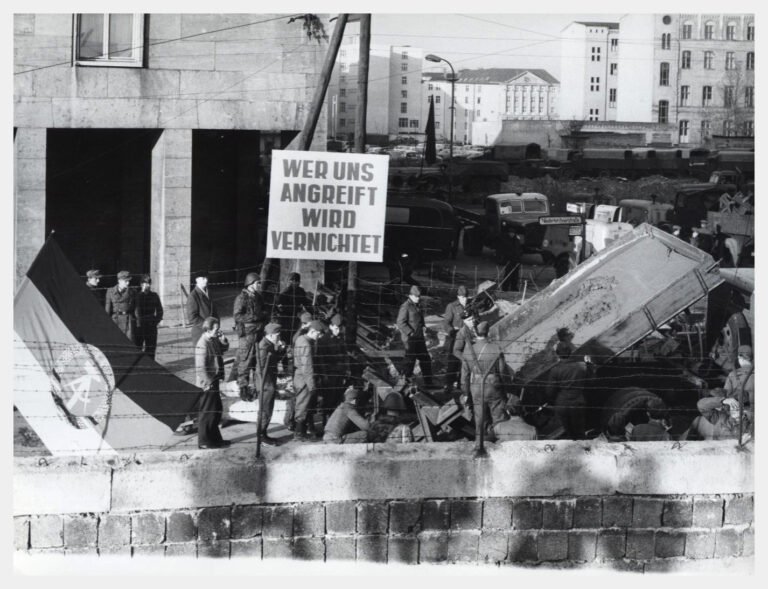
How Many People Died Trying To Escape East Germany? – Mythbusting Berlin
The image of the Berlin Wall is seared into our collective memory, a concrete symbol of Cold War oppression. We think of the daring escapes and the tragic deaths of those who failed. But that well-known number is only a fraction of the truth. The story of those who died trying to escape East Germany is far broader and more complex than most imagine, stretching along a thousand-kilometer border and out into the cold waters
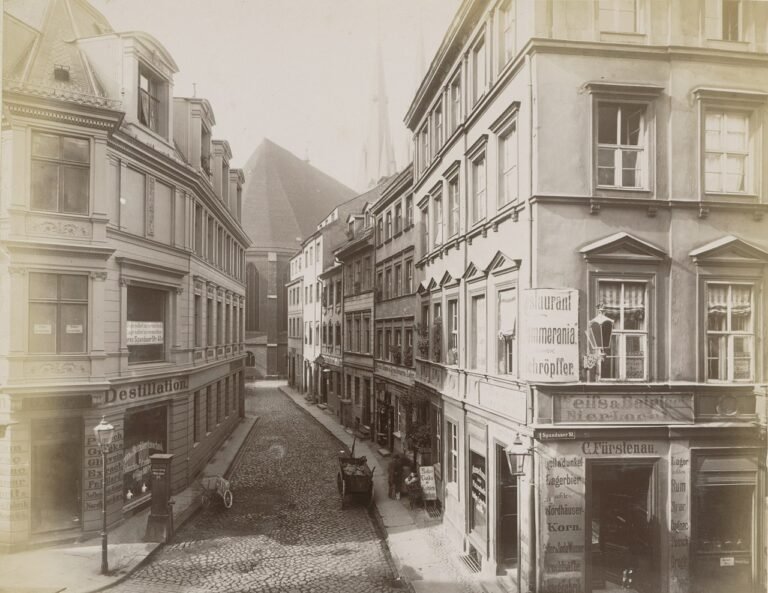
How Old Is Berlin? – Mythbusting Berlin
A relatively new arrival in Europe, Berlin is over 1000 years younger than London, nevermind Rome or Athens, Jerusalem or Jericho. Just how old is Berlin though?
A question fraught with false assumptions and distortions – that has more often than not been answered with propaganda as it has with the cold hard truth.
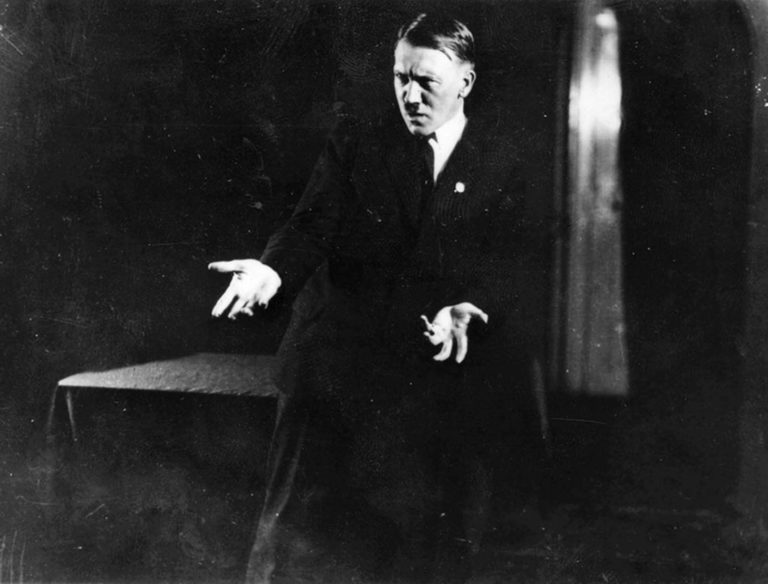
Was Adolf Hitler A Drug Addict? – Mythbusting Berlin
Solving the enigma of the ‘Führer’ has become a preoccupation for many, since the arrival of the Austrian-German onto the world stage – although moving beyond the mythology without falling into the trap of prejudically extrapolating on the psychopathography of Hitler or demonising so as to excuse his actions has proven problematic. What to make of the man who became more than the sum of his masks? The painter; the military dilettante, the mass murderer,

Was Adolf Hitler Gay? – Mythbusting Berlin
In the shadowy corridors of Third Reich history, few questions provoke as much tabloid curiosity and scholarly exasperation as the sexuality of Adolf Hitler. For decades, rumors have swirled—whispered by political enemies in 1930s Munich, psychoanalyzed by American spies in the 1940s, and sensationalized by revisionist authors today. Was the dictator who condemned thousands of men to concentration camps for “deviant” behavior hiding a secret of his own? By peeling back the layers of propaganda,
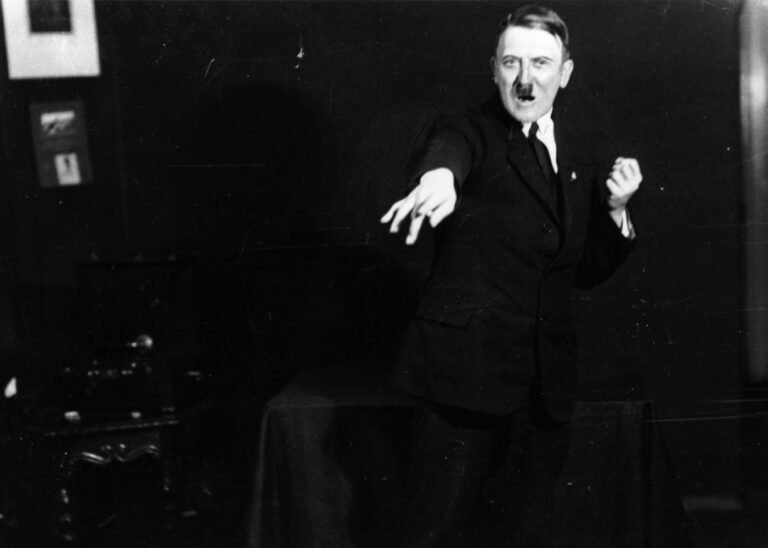
Was Adolf Hitler Jewish? – Mythbusting Berlin
Was the dictator who orchestrated the murder of millions of European Jews secretly one of them? It is perhaps the darkest irony imaginable, a story whispered for decades in backrooms, bars, and conspiracy forums alike. The most-common rumour – the ‘Frankenberger Myth’ – suggests that Adolf Hitler’s paternal grandfather was Jewish, a secret so damaging it could have unraveled the entire Nazi regime. But where does this claim come from? And, more importantly, is there
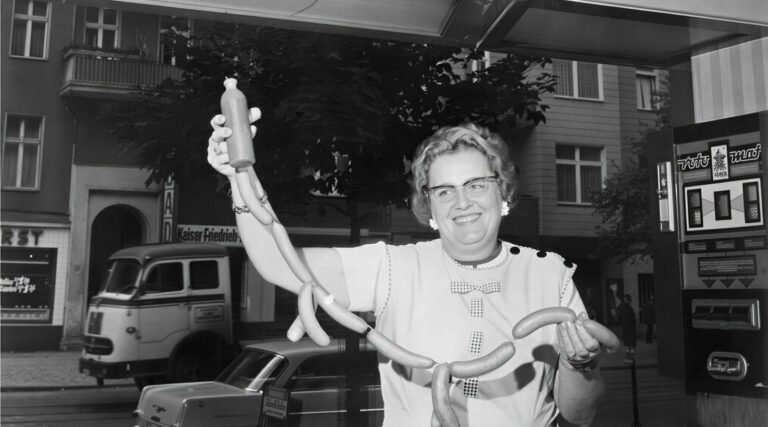
Was Currywurst Invented In Berlin? – Mythbusting Berlin
Explore the story behind what many consider Berlin’s most iconic snack—the ever-so-humble Currywurst. Often hailed as an enduring symbol of culinary creativity amid Cold War scarcity, this humble dish has inspired fierce debate about its true origin. But was it genuinely invented here in Berlin, or have proud locals simply adopted and elevated this spicy street-food favorite into legendary status all their own?



